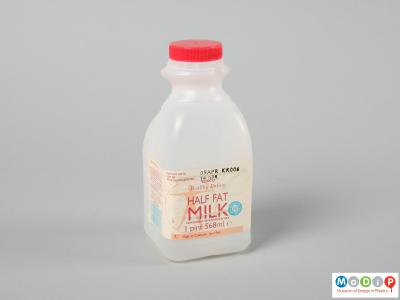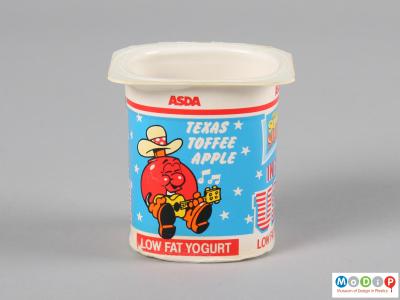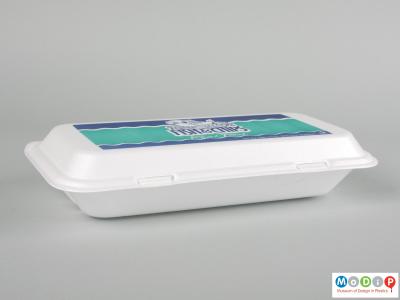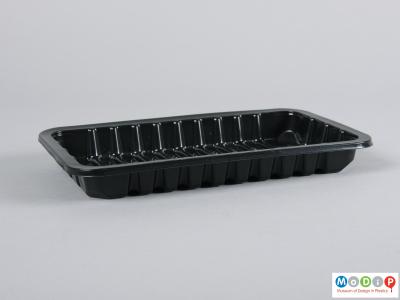Plastics have changed the world for better and for worse. Plastics are far too useful to do without but they can change. This guide explains what is good as well as what is bad about plastics and explores the relative merits of some plastics and processes developed with the aim of finding satisfactory solutions to the problem of plastic waste.
What is good about plastics?
There is nothing like plastics for protecting food and other goods from damage and contamination. They give food a longer shelf life, thus preventing waste, and enable enjoyment of different tastes from far off countries. Plastics are waterproof, strong, lightweight and flexible making them very convenient. They have transformed the application of medicines in a way not possible using other materials, and they are relatively cheap to produce as they are usually made from a by-product of oil refining that used to be wasted.
What is bad about plastics?
Unfortunately plastics have another property which, although desirable from a product point of view, is harmful from an environmental perspective. Conventional plastics are durable and will therefore last for decades, some eventually fragmenting into smaller and smaller pieces which remain as microplastics in the environment. Their longevity is especially problematic in mass-produced products that have a short useful life such as packaging, yoghurt pots, coffee capsules etc.
Plastic litter is now a serious worldwide problem, causing a visual intrusion, clogging drains and waterways leading to flooding and endangering wildlife. In the oceans of the world, plastic litter causes the death of thousands of marine animals either by entanglement or ingestion and there is now evidence to suggest that microplastics are entering the food chain.
Solutions to plastics waste
Solutions include:
- making smarter plastic materials, for example plastics that biodegrade,
- and developing processes to reuse plastics.
There are two distinct types of biodegradable plastics:
- those made from plant feedstock, known as bioplastics
- and those made from fossil fuels, known as oxo-biodegradable plastics or controlled life plastics.
The difference between biodegradable (will break down) and compostable (soil enhancing) is important. Certain plastics are marketed as compostable but this tends to be under commercial conditions rather than in the garden compost heap. This is of questionable value to the average domestic consumer.
Biodegradable plastics are relatively new and not yet fully established. Recycling is currently the widely accepted preferred solution to an environmentally friendly life-cycle for single use plastic products.




